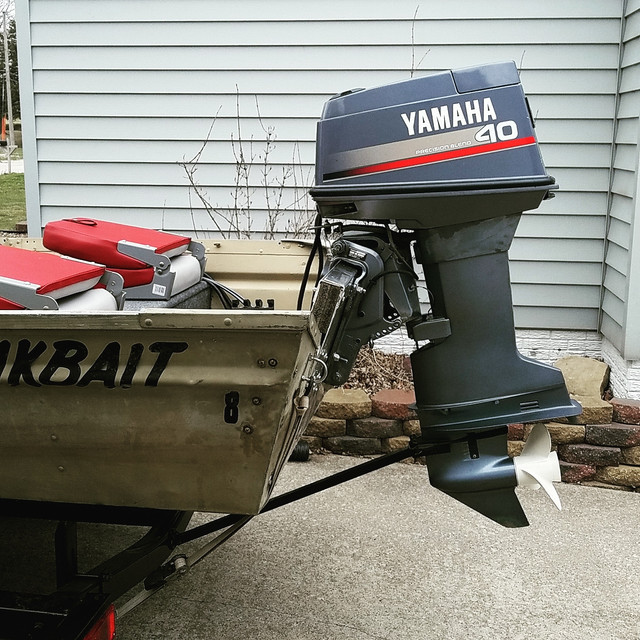clarkbre
Well-known member
I’m sorry my spelling is so terrible. I didn’t ever claim I was an English Major.
Here’s my sketch demonstrating the lift of the bow in comparison to the pivot point and the thrust of the prop. No matter what, when you rev the throttle in the forward position, the bow is naturally going to come up.
There’s no way that when you throttle up in forward that the bow pushes down.

Here’s my sketch demonstrating the lift of the bow in comparison to the pivot point and the thrust of the prop. No matter what, when you rev the throttle in the forward position, the bow is naturally going to come up.
There’s no way that when you throttle up in forward that the bow pushes down.











